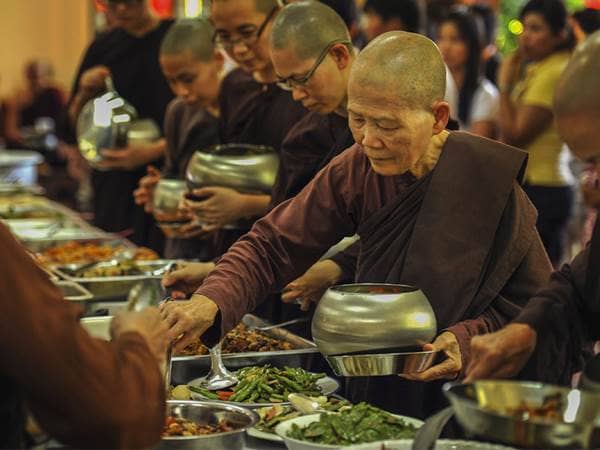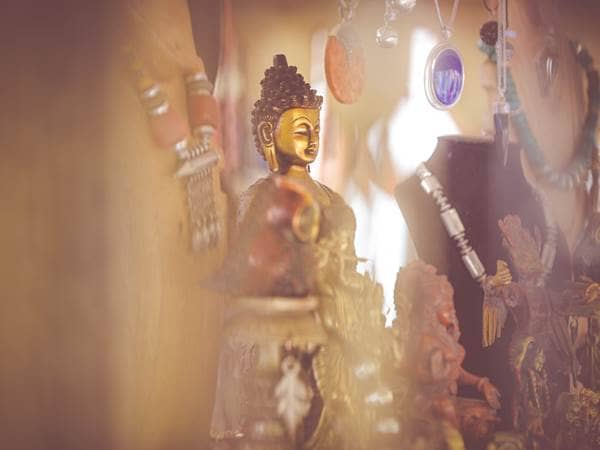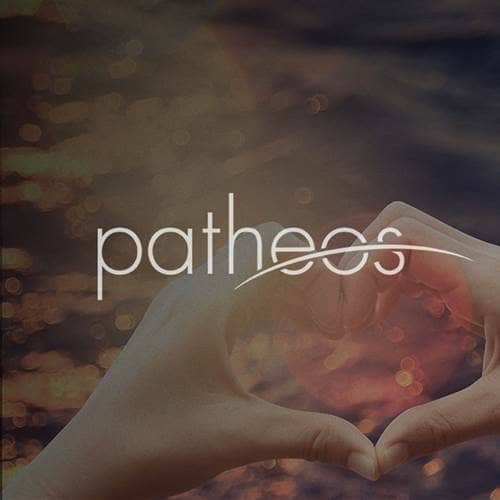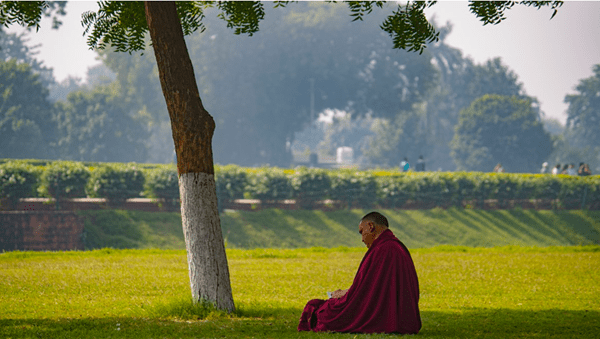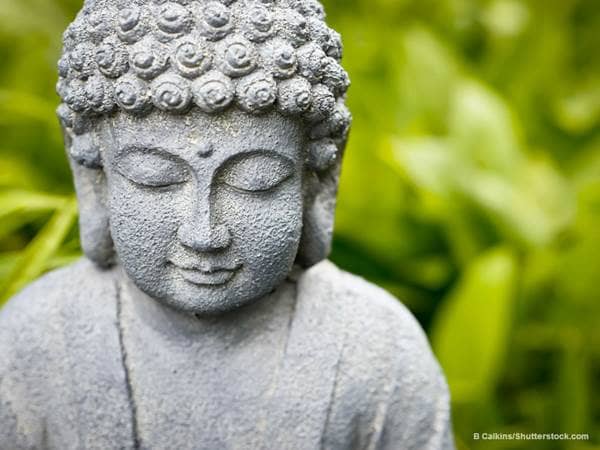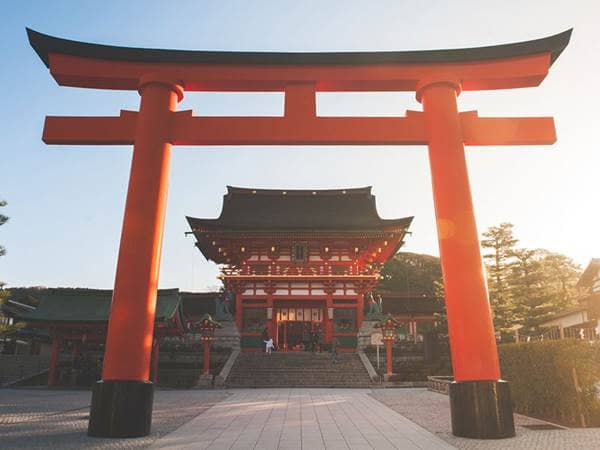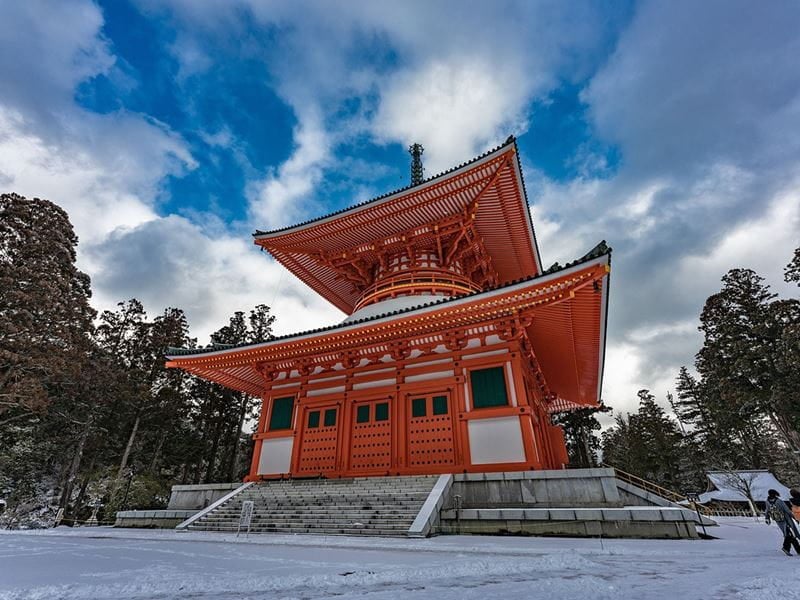
- Trending:
- Pope Leo Xiv
- |
- Israel
- |
- Trump
- |
- Social Justice
- |
- Peace
- |
- Love
The 100 Most Holy Places On Earth
Danjō-garan Buddhist Temple Complex

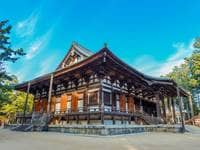

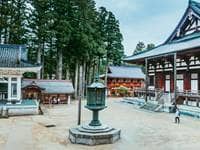
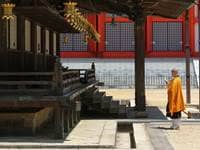
Also Known As:
Mount Kōya or Kōyasan.
Associated Faiths:
Also frequented by practitioners of Shinto, since (in Japan) it is often difficult to separate Buddhism and Shinto (many Japanese practicing both).
Accessibility:
Open to visitors.
Annual visitors: 15,000,000.
History
Mount Kōya is the world-headquarters of the Koyasan sect Shingon Buddhism—one of the major Japanese schools of Buddhism. It is an esoteric form of the Buddha’s teachings, starting in India, making its way to China, and from China into Japan (circa 805 CE). “Shingon” means “mantra”—a sacred sound, syllable, phrase, or word that helps those meditating to purge themselves of extraneous thoughts and bad desires. Various meditative practices, including mantras, are often used as part of this tradition.
The origins of this “temple town” (as it is commonly called) are traced back to the 9th century Buddhist Saint, Kukai—known today as Kobo Daishi. As tradition has it, in 816 CE, Kobo Daishi had a vision telling him to build this mountaintop temple complex. A forest god (disguised as a hunter with two dogs) awoke Kobo Daishi from a meditative trance and led him to the “sacred spot” where the first temple of the Shingon sect was to be built. In 826 CE he began construction of the building. Today, Kōyasan is home to 117 major temples, 52 monasteries, a massive cemetery (covering two miles and 200,000 graves), and some 2,000 assembly buildings, shrines, stupas, minor temples, and towers. (Shingon Buddhism has approximately 4,000 temples throughout Japan.)
The most important of the many temples at Mount Kōya would be the 16th century Kongobuji Temple—along with the Okunoin mausoleum (which contains the remains of Kobo Daishi). The Kongobuji Temple is the head monastery of Esoteric Shingon Buddhism. There are said to be more than seven thousand monastic devotees who live in the community (“sangha”) associated with this temple.
Constructed in 1593 CE, the Kongobuji Temple has been added on to since its original creation. Among other things, the temple incudes its Ohiroma Room, which was originally used for performing Buddhist ceremonial rites. It also has a rather extravagant room known as the Jodannoma Audience Room, which was originally designed to receive significant dignitaries who visited the temple. Another room which forms part of the Kongobuji Temple is said to be the site where seppuku or harikari (i.e., ritual suicide) has been performed. Thus, if anything describes this temple complex, it would be diversity—diversity of structure, purpose and use.
Religious Significance
Mount Kōya has been called one of the “three holiest mountains in Japan.” Similarly, the temple complex of Mount Kōya is said to be the “holiest of all monasteries” in the Japanese islands. For those of the Koyasan sect of Shingon Buddhism, in many ways it represents the origin of their faith and, thus, it is an important pilgrimage site.
While Mount Kōya is the location of a significant number of Buddhist temples in Japan, one can hardly fully separate Buddhism and Shinto. Of course, Shinto predates Buddhism in Japan by more than 1,000 years. Nevertheless, the two traditions have lived side-by-side for centuries and have so mixed and mingled that most religious Japanese consider themselves both Buddhist and Shinto. While most of the specific religious traditions caried out on Mount Kōya are Buddhist, the setting has a decidedly Shinto feel. Thus, it is a “sacred site” to practitioners of both of those faith traditions.
Kobo Daishi had significant influence on the culture of Japan, and on Buddhism in that nation. He is, by all accounts, Japan’s most famous mystic and most revered religious figure. He is said to have performed many astonishing acts, including things like blessing communities that he deemed “worthy” by miraculously causing an orchard or well to pop up out of nowhere. While he is said to have died at Kōyasan, many of his followers believe that one of his other miracles is that he never died but is instead resting in his tomb in a deep meditative state, awaiting the appearance of the last Bodhisattva (Buddha Maitreya) to come, at which point Kobo Daishi will awaken and help Maitreya in enlightened the darkened minds of the world’s inhabitants. Thus, this site is a draw for pilgrims who wish to visit the tomb of this famed Japanese visionary. Some come to contemplate his miracle-filled life and teachings, believing that his remains are entombed in the Okunoin mausoleum. Others approach that same mausoleum believing that Kobo Daishi is inside, alive and well, meditating until the time of his return. Thus, along with the many temples that dot the landscape of Kōyasan, this tomb is a major draw for pilgrims (much like the Garden Tomb or Holy Sepulcher of Jesus are for Christian pilgrims).
A significant number of those who come, and even stay the night in one of the 52 Kōyasan temples that offer lodgings, do so because it is an almost unparalleled cultural experience. Nevertheless, the site is also a tremendous draw for the contemplative practitioner of Buddhism, Shinto, or other faith traditions who wish to connect with nature, ponder Japan’s religious history, learn more about one of that country’s most important saints, and engage in the meditative practices of the Koyasan Shingon tradition.


